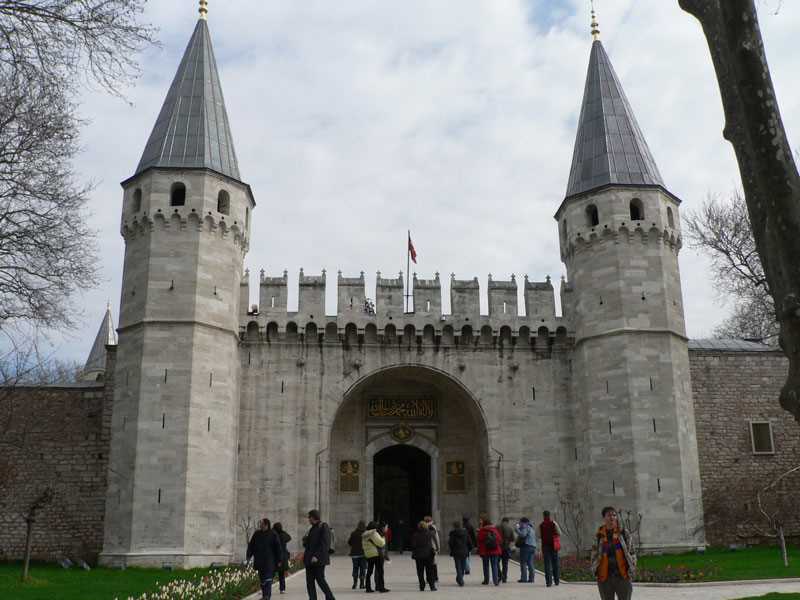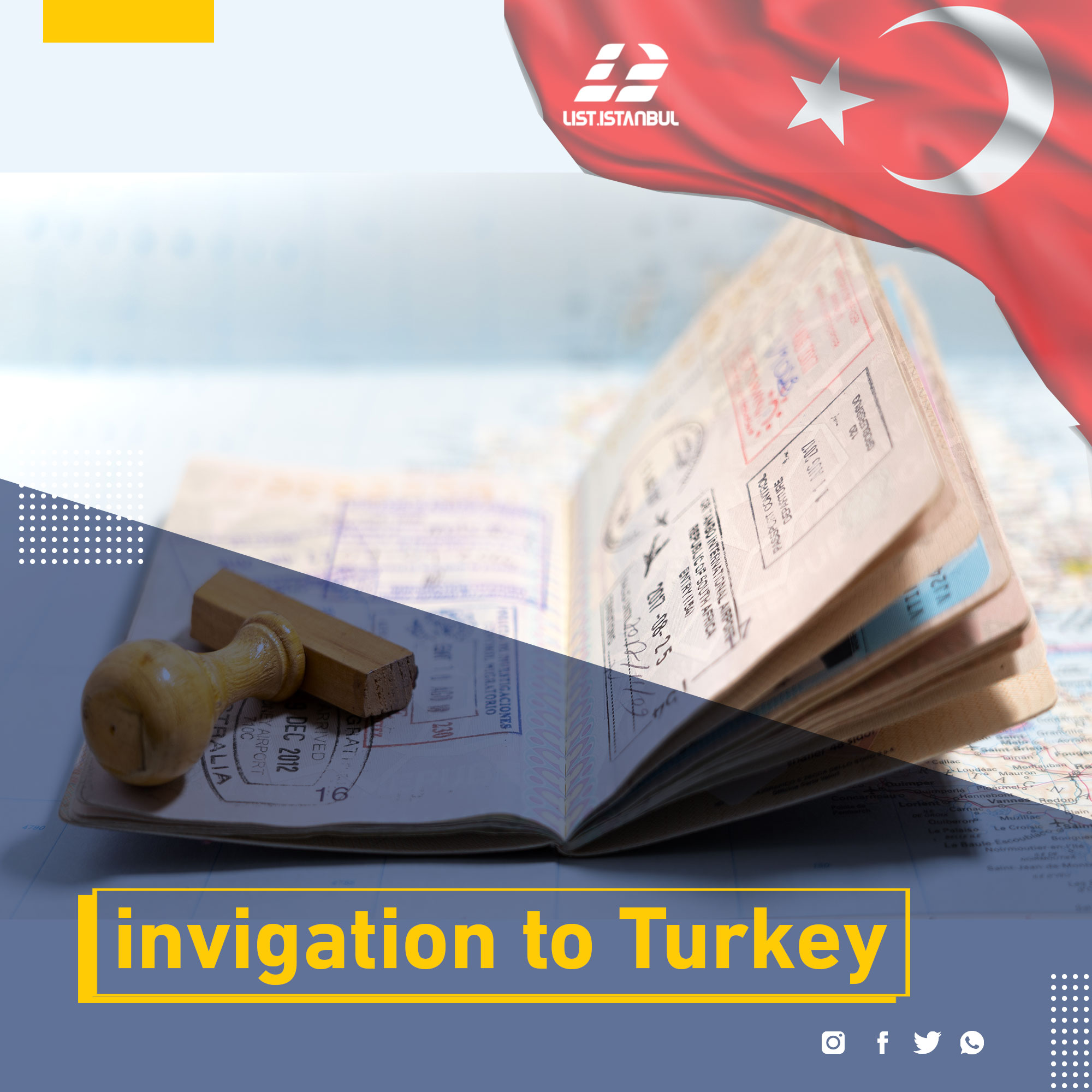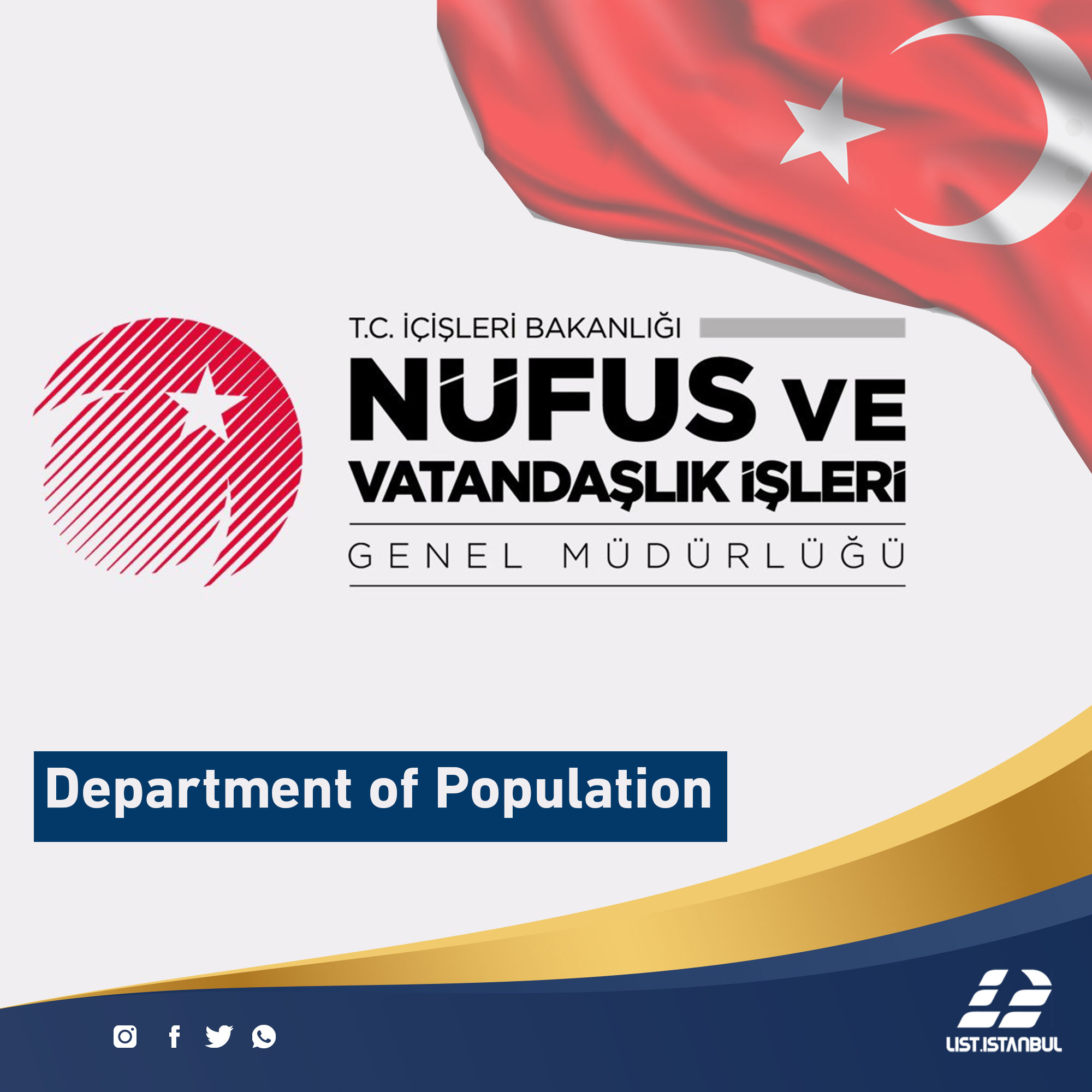This palace, which was called "Sarayi Jedidi Amira", took its current name in the 19th century from the name of one of the walls of its walls. The building was started after the opening of Constantinople by 20 years and the construction of the first phase was completed in 1479 and continued for many years. Add many sections to it afterwards.
The palace, which covers an area of 700,000m2, spreads over a wide area extending from Hagia Sophia to Kolkhana and from there to Serkegi neighborhood. It is surrounded by high and wide walls called "Syrian Sultani". It extends from the Sibel Gilar Palace to another door. In 1888, some of these fences, which overlook the bay, were demolished with some compartments due to the passage of an iron line from the site.
It is believed that the palace had 13 pits, of which only a few remained today. The lavish Khoumayun Gate is located opposite Sultanahmet Road, near the Hagia Sophia side overlooking the sea. This section is the main door of the palace was first established in the reign of Mohammed Al-Fateh and has been restored several times to this day. This section, which has seen many historical events, is still conservative. He opened the door with the Ahaan of Fajr and closed it at the adhaan. Above the door is the seal of Sultan Muhammad II, writing the date of the creation of the door, which is 1478 AD. There is also another writing in which the date of the restoration of the door was written in 1867 by Sultan Abdul Aziz.
At the inner end of the door is the first square that was exposed to fire in the 19th century, which caused great losses. In the square there was a suit room that received people's complaints, and on the right there were the offices of the treasury staff. On the other hand, behind the wall on the right of the courtyard was the palace bakery. Nearby is the imperial square, which is used today as a museum. On the right there is a path called the path of the executioner.
At the opposite end is the open door on the second square, which is called the door of peace. The door of peace is the real door of the palace. It was rebuilt during the reign of Sultan Murad III and has two towers on it. It is written at this door, "There is no God but Allah and Muhammad Abdo and His Messenger" and there is a writing on the iron rail of the door saying that this chain was placed under the reign of Sultan Suleiman the Magnificent. After entering from this door, the huge dolphins meet with the trees that have passed through the ages. Here the door is divided into five ways: a road leading to the kitchen of the palace and another to the door of happiness and another to the Diwan and another to the Haraml and another to the palace stables.
In the Ottoman era, the Diwan was a place for discussing and solving bureaucratic problems and consisted of:
The first hall, which was called the dome, where the meetings were held.
The second lounge is kept by meeting recordings.
The third hall, which was located in what was called a book Khana, which is used to save the archive.
Al-Haramalik is the section where there are about 300 rooms for a wife, a neighbor and a mother of the Sultan. Another building that draws attention to the Temple Mount is the Tower of Justice.
In the excavations carried out in 1959 in the second square were discovered two stone columns believed to be back to the fifth and sixth century and did not know why the presence of these columns or the reason for the transfer of the Byzantine here. After the fire that broke out in the palace in 1574, which exposed the kitchen to a lot of damage, Sultan Murad III commissioned architect Sinan to expand and rebuild the kitchen.
From the door of happiness, the private sections of the palace are passed to the third square. In the third square there is the exhibition hall designated for the reception of ministers by the Sultan after the meetings of the Court. The exhibition room, which was built during the reign of Sultan Mehmet al-Fateh, was demolished and built in its place during the reign of Sultan Selim I. Surrounded by the exhibition hall is the Palace School, which occupies a large area of the third square. The palace school served as a school for the bureaucracy to fill the state's need for state officials. This school, which was established by the Sultan Mohammed Al-Fatih, was taught by Christian students who were citizens of the state and who were over the age of ten.
The third building, located in the third square, is the honorable Kharga building, where the "Ragheb Muhammad (r)," which was built in 1719 by Sultan Selim I, who brought the sacred secretaries to Istanbul, is displayed here. Sultan Ahmed III Library is also located in this square. The other building which is located in this square is the mosque of the palace school and called the Mosque of the Agawat. Beside the mosque there are special rooms for students who excel in school.
In the fourth square there is a sofa room, a Rywan cabin, a Baghdad chamber, a bath room and a room for the head of doctors. Built in 1634 by the Sultan Murad IV to celebrate the taking of Yerevan from the hands of the Iranians, it is completely painted with porcelain porcelain and the doors of storage are all shells. The Baghdad chamber was also built by Sultan Murad IV on December 25, 1638, after the reopening of Baghdad. The Tahour chamber was established in 1641 and the children of the Sultan were purified for more than 200 years. The archaeological masterpiece is the building that was built in 1640 as a breakfast cabin.
The latest construction, which was built at the Top Kaby Palace complex, is a Megiddian building built in 1840 by Sultan Abdul Majid in a location overlooking the Bosphorus Bay, the Sea of Marmara and the Bosporus at the same time.








